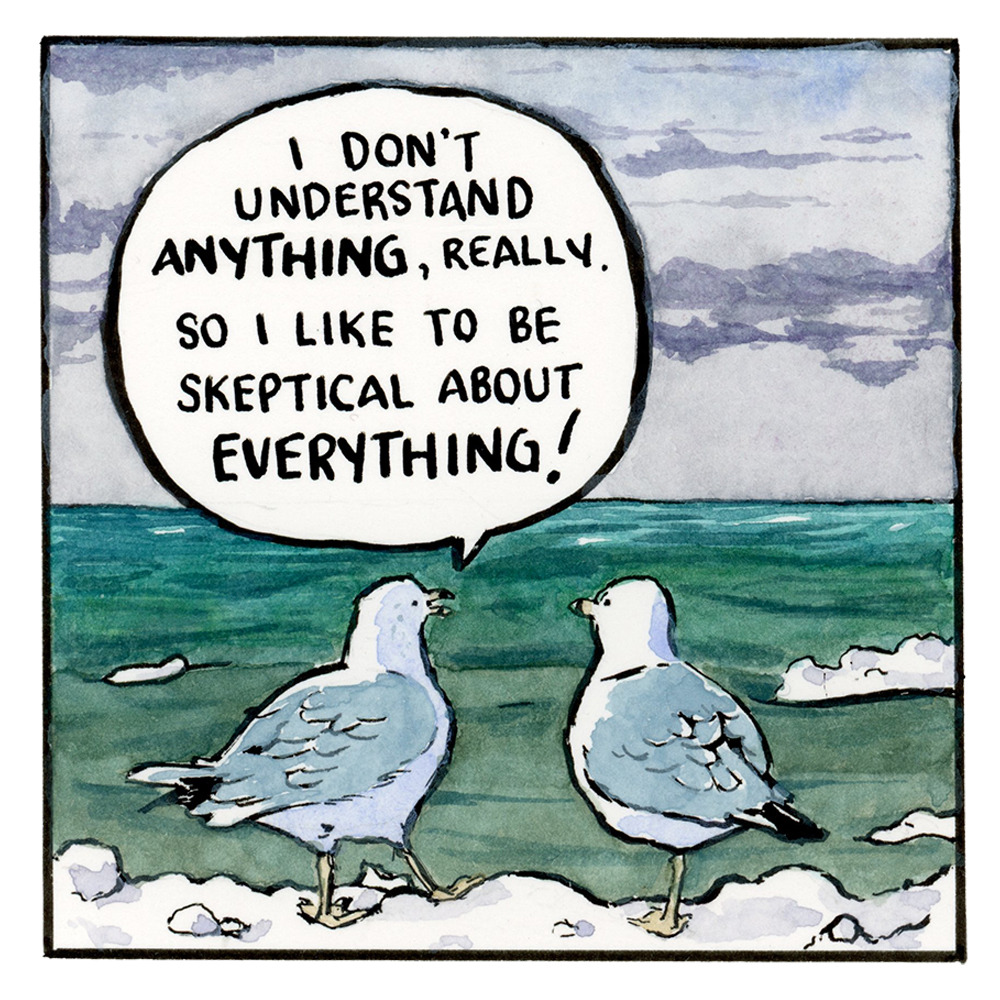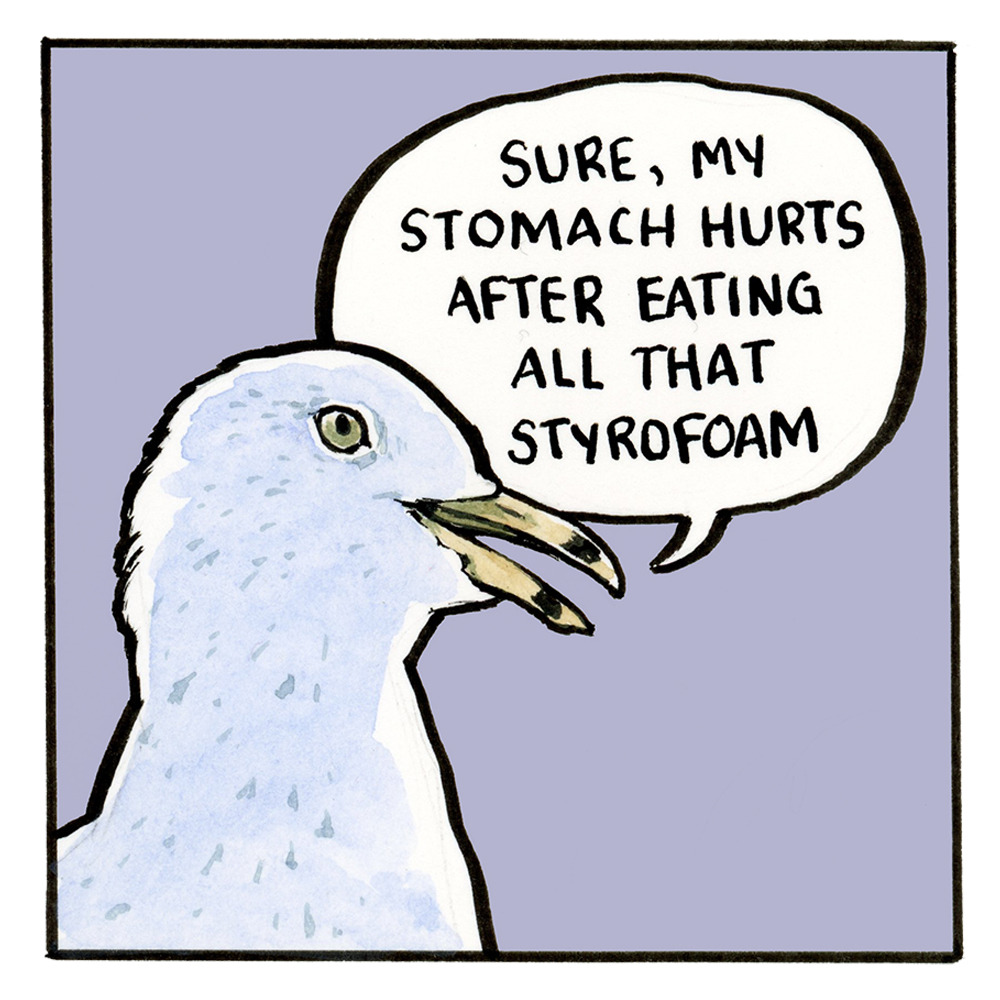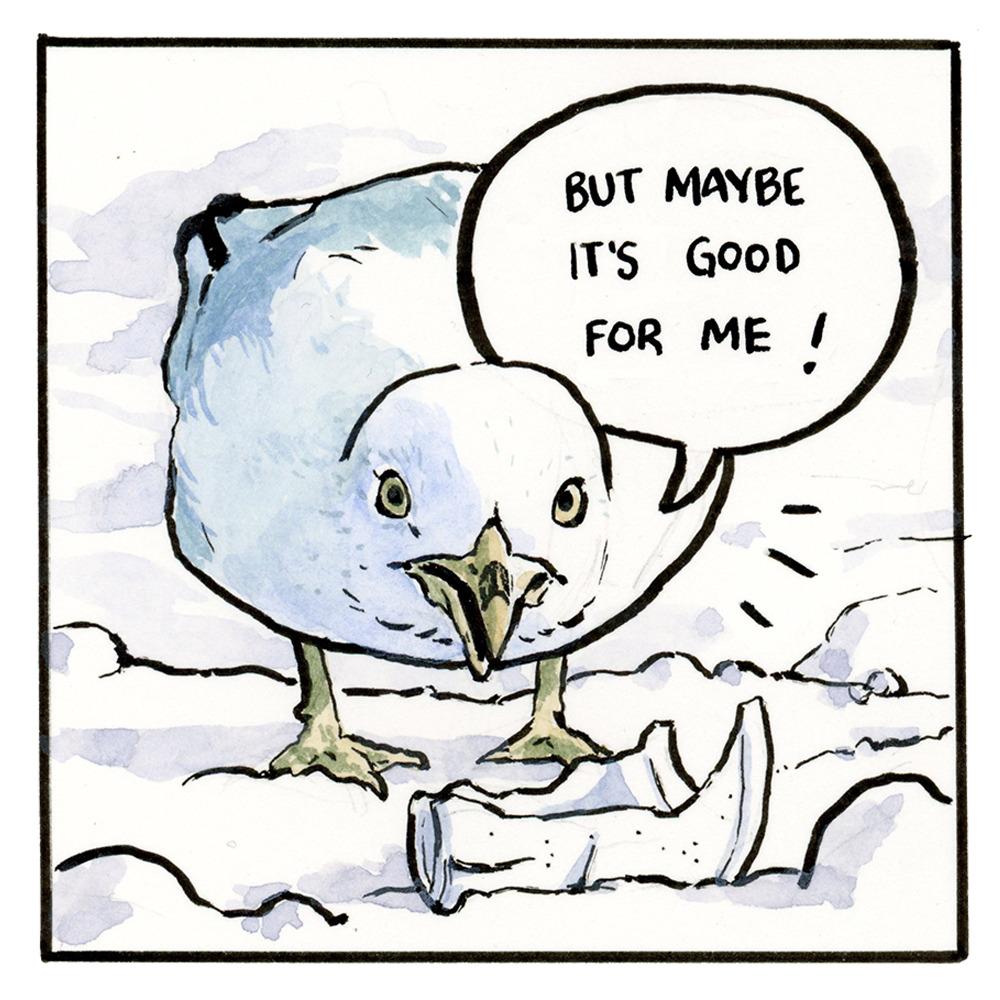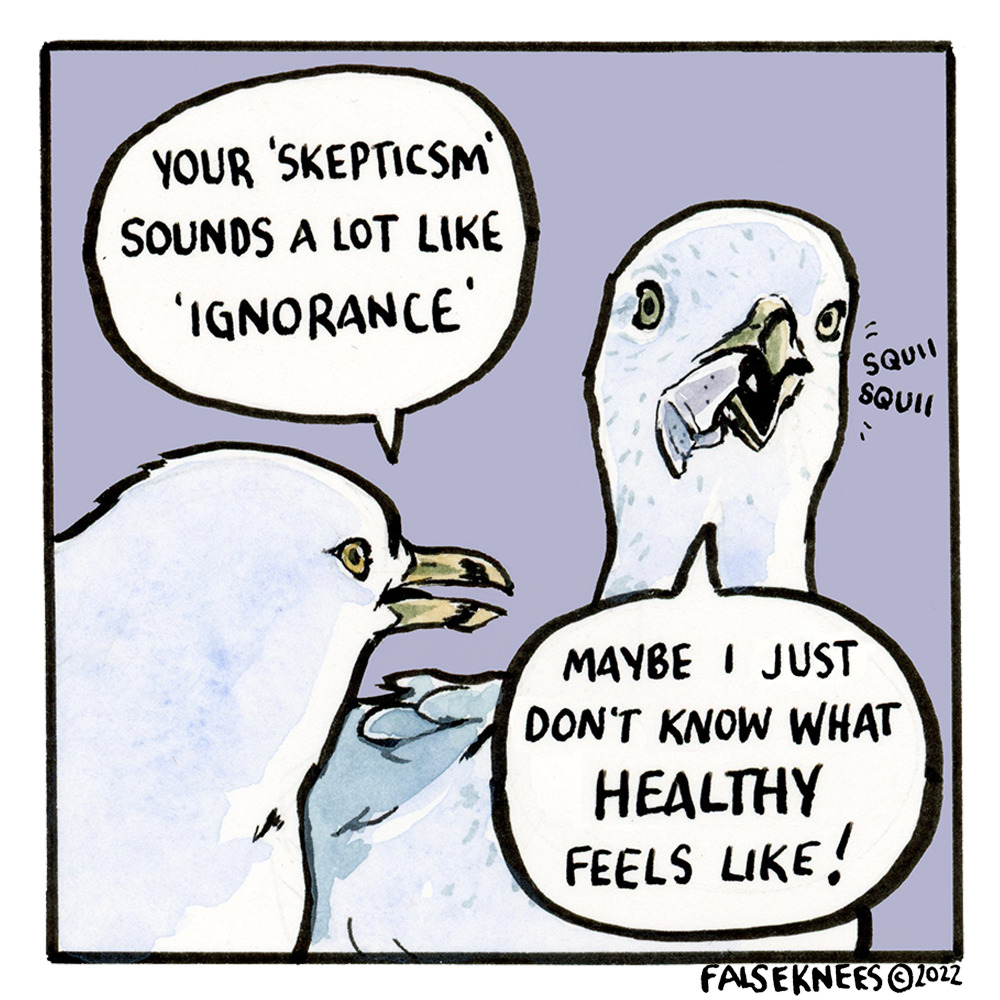I’m working on a long-ish piece about eugenics and the pandemic, but it’s a topic I want to get as right as I can, so I want to allow another day to work on it. In the meantime, I heartily recommend this interview with Yanis Varoufakis on the state of the world:
I think his perspective is an important one to take seriously. If we are going to deal with climate change, injustice, and authoritarianism, it’s important to understand how power is currently distributed. Without that, I don’t see how we have a shot at making changes that would take wealth and power away from those who currently rule the world. This isn’t fun stuff to think about, bit it is important.




